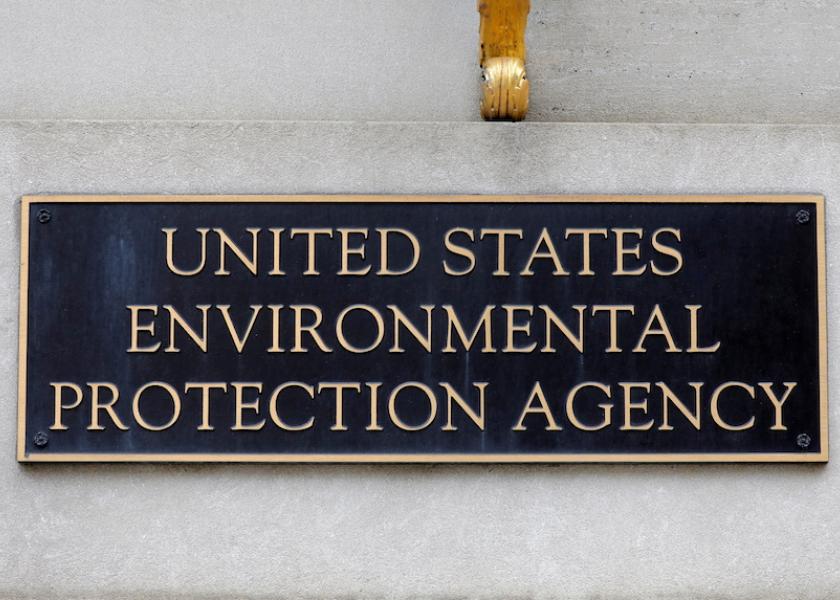Supreme Court to Hear WOTUS Arguments on Monday

Monday marks the first day of the Supreme Court's new term, and the justices will hear oral arguments Monday morning in a closely watched challenge to the Clean Water Act (CWA), passed in 1972 to protect all Waters of the United States (WOTUS) — including streams, rivers, lakes and wetlands — from harmful pollution.
The Issue
Business groups and home builders argue that legal confusion over the definition of WOTUS has created regulatory chaos for businesses and property owners.
“Without clear guidance from this Court, the Chamber’s members will continue to endure an expensive, vague, and time-consuming process whenever they need to determine whether a project or activity will impact waters subject to federal jurisdiction,” the U.S. Chamber of Commerce wrote in a brief.
Reason for the Case
The Supreme Court ruled in June that the Environmental Protection Agency (EPA) overstepped its authority under the Clean Air Act to slash planet-warming emissions from power plants.
How it Started
The case, Sackett v. EPA, centers on a long-running dispute involving an Idaho couple named Chantell and Michael Sackett. Their legal battle began in 2007, when they tried to build a home on their land near Idaho's Priest Lake.
EPA said the property contained a wetland, and that the couple needed to obtain a CWA permit or face heavy fines. Their land contains no body of water, and the law authorizes EPA to regulate only “navigable waters” in interstate commerce.
EPA still ordered construction work halted and threatened huge penalties if the Sacketts didn’t obtain a federal permit, which typically requires more than two years and $250,000 in consulting costs.
EPA’s Argument
The Sacketts’ lot was connected to a wetland though it was separated by a 30-foot paved road, and that wetland was connected to a man-made ditch that was connected to a non-navigable creek that was connected to Priest Lake, which was navigable.
The Sacketts, represented by the conservative Pacific Legal Foundation, have won at the Supreme Court before. They want the justices to significantly narrow the definition of WOTUS so that their property — and others like it — would not be subject to the CWA.
WOTUS Outlook
Damien Schiff, a senior attorney at the Pacific Legal Foundation who will argue the case on Monday, said he is “quietly optimistic” that the Sacketts will prevail. He noted that Chief Justice John G. Roberts Jr. signed Scalia's opinion in Rapanos, while Justice Neil Gorsuch signaled in the Clean Air Act case that he is “skeptical of broad EPA interpretations of statutes.”
Jon Devine, who leads the Natural Resources Defense Council's federal water policy team, said the adoption of Scalia's narrow test could remove CWA protections for roughly 19% of streams and 51% of wetlands in the country.
“That would be catastrophic,” he said, “for the water quality purposes of the act.”
Oral arguments in Sackett v. EPA begin at 10 a.m. ET on Monday, both in person and online. The National Pork Producer Council’s Sackett brief can be found here.
More on WOTUS:
Embattled Waters of the U.S. to be Redefined for Agriculture – Again
5 Conservation Needs to be Met in Farm Bill 2023
WOTUS Roundtable Reveals New Rule Pushes Definition 'Back to Square One', says NCBA







